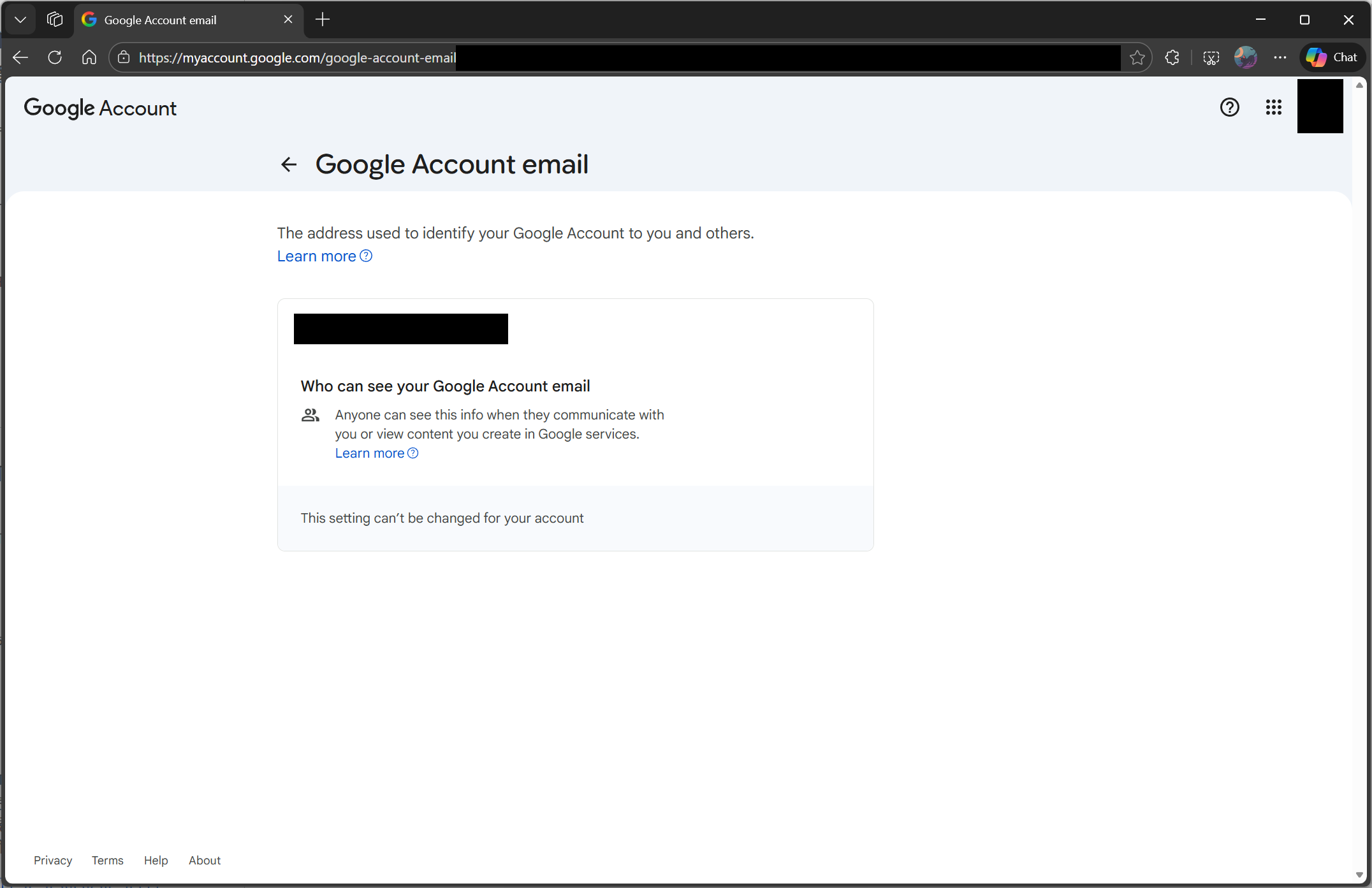Tesla’s “We, Robot” robotaxi event last week left plenty of glaring questions unanswered.
The flashy event, which appropriately took place on a Hollywood movie lot, saw the Elon Musk-led company show off an early prototype for a “Cybercab,” an autonomous, steering wheel-less vehicle that’s designed to essentially be an Airbnb you can rent out to others on wheels.
But as tech reviewer and YouTuber Marques “MKBHD” Brownlee discusses in a recent video, Tesla’s vision is a baffling mess of empty promises and questionable design decisions.
For one, the sleek vehicle is meant to cost only $30,000, a wildly ambitious price point that should have anybody, who has been following Tesla’s struggles to bring the Cybertruck to market, deeply skeptical.
The EV maker still has a mountain of regulatory hurdles to overcome and plenty of bugs to fix when it comes to its erroneously named “Full Self-Driving” driver assistance software, making Musk’s promise of having the vehicle enter production “before 2027” a characteristically overly ambitious timeline.
Brownlee also pointed out the robotaxi’s limited size. With just two seats, it’s not exactly going to be an option for many, unless you’re traveling with just one other person.
Its futuristic “gull-wing” doors are also an odd decision, considering Tesla quickly gave up on the idea after customers encountered plenty of problems with their Model X SUV, which also has vertically opening doors.
Even the sleek, aerodynamic wheels were nothing more than regular Continental tires that were painted gold. Rearview visibility seems to be nonexistent as well thanks to the vehicle’s trim coming up all the way to the roofline.
“That’s kind of all we got,” Brownlee said in his video. “There were shockingly few details about the actual car, actually explained, at this event.”
After “grilling” engineers following the presentation, the YouTuber found out that there essentially won’t be any manual overrides in case of emergencies since there are no pedals or steering wheels in the vehicle.
“The goal is that you never have to override, which is a noble goal for sure,” he said. “I mean, it’s hard to imagine, we live in a world where that’s impossible basically right now.”
Brownlee also pointed out the odd decision to forgo a physical charging port for the Cybercab, which has to rely on external wireless charging pads presumably integrated into the roadway itself.
In other words, the Cybercab is completely incompatible, at least in its current design, with the EV maker’s industry-leading Supercharger network.
There won’t even be a front trunk, as Brownlee found out.
But otherwise, we know next to nothing about the Cybercab, including basic info like its range or battery size, which highlights just how half-baked Tesla’s vision for the idea of an autonomous ride-hailing service is.
“There’s just no way that they’re actually going to be able to” start producing the vehicle in 2027, as Musk promised, at just $30,000, the YouTuber argued.
“If they do, let’s say, I will shave my head on camera, because I’m that confident they won’t do it.”
More on the event: Tesla’s Robots Were Just Remotely Controlled Dummies, Analyst Confirms







